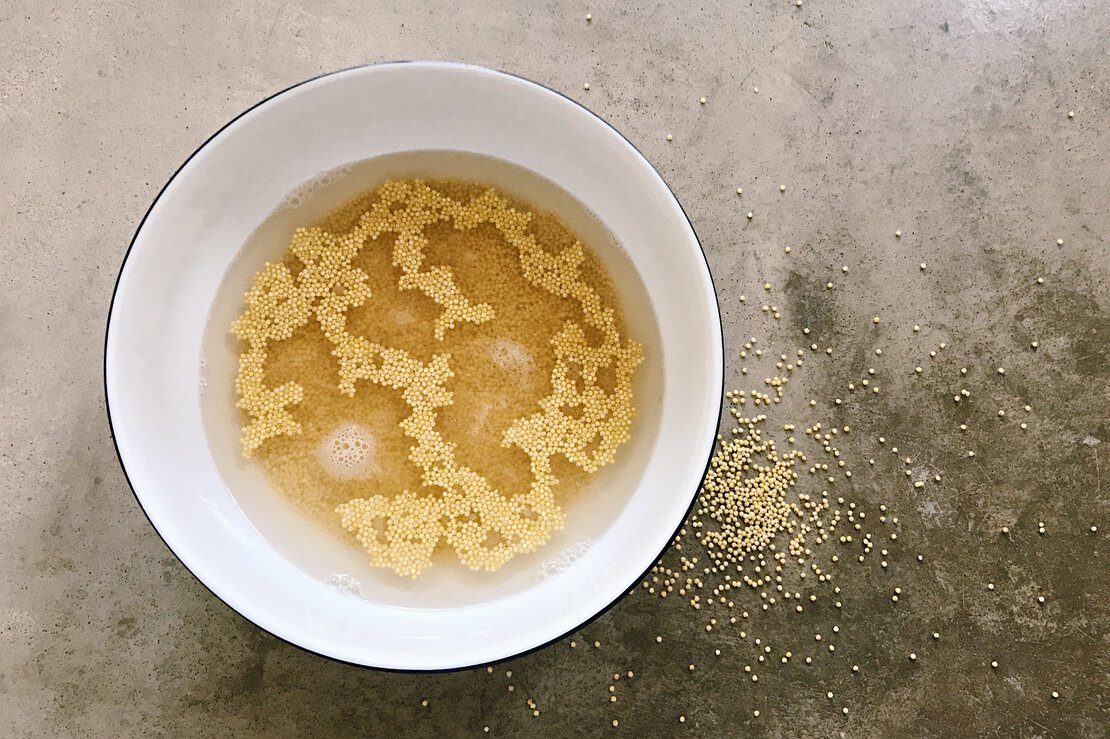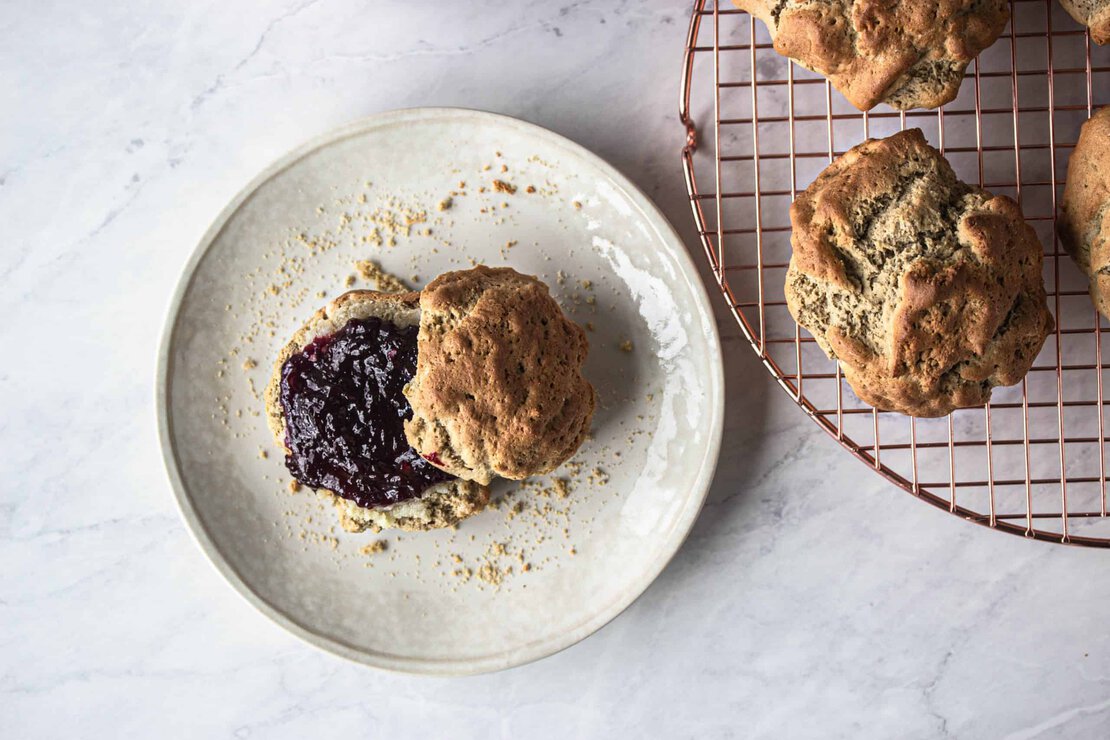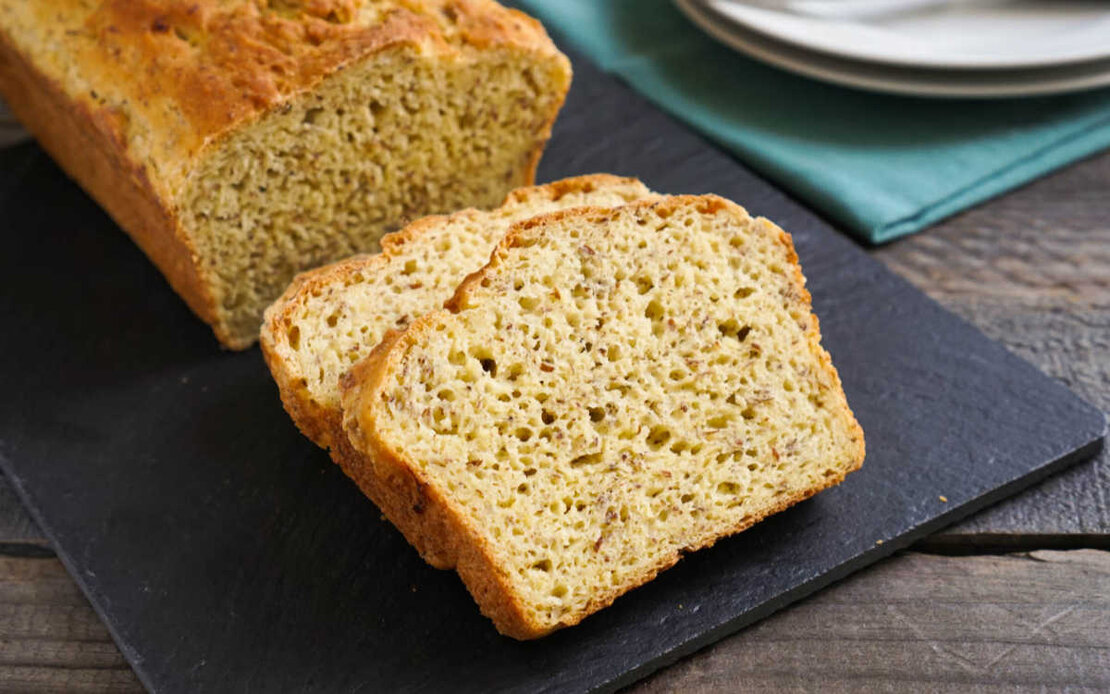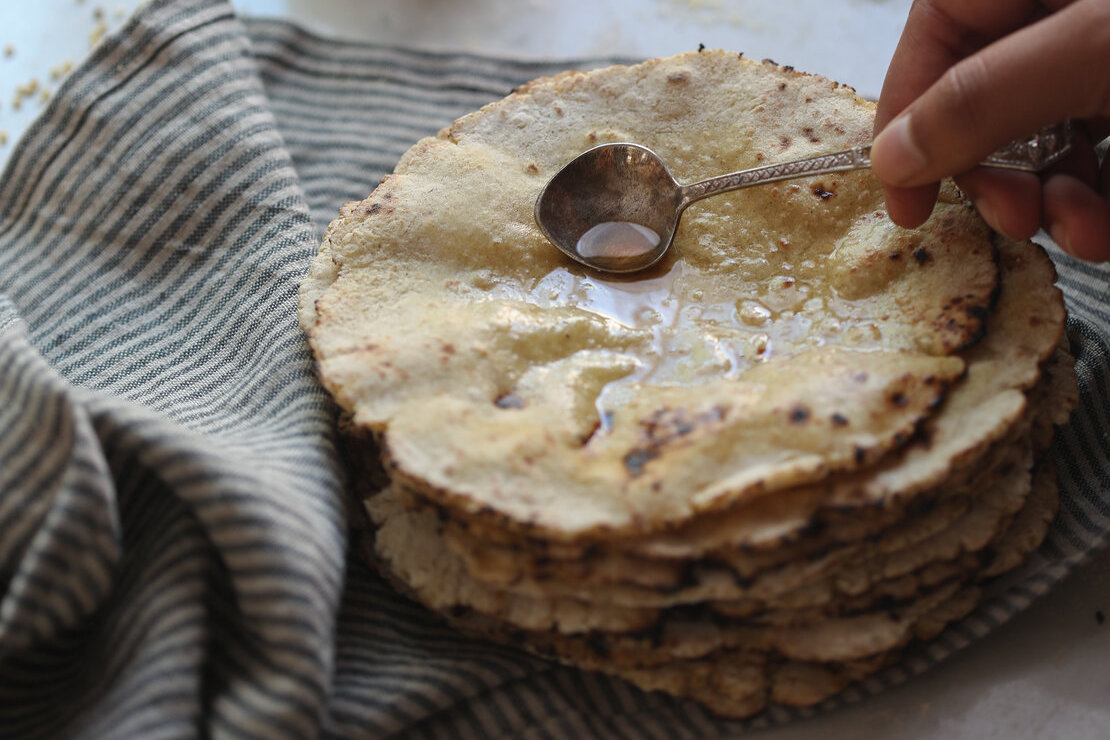Is Maggi seasoning sauce gluten free?
Updated January 2024. Maggi seems to have updated their Polish Maggi variety and it now lists wheat..

Millet is a small-seeded cereal from the grass family. It is related to sorghum and gluten-free. There are a large variety of millets, but the most common type is pearl millet. Pearl millet is grown primarily in India and West Africa, but millets have been widely grown for around 7000 years. Millets grow well in many conditions and are tolerant to drought and pests. You might recognize millet from birdseed blends.

Millet is high in fiber, protein, phosphorus, magnesium, ferulic acid, catechins, and calcium. Because it has a low GI index and a good balance of fiber and non-starchy polysaccharides, it is considered a great choice for those with diabetes. Because of the type of soluble fiber in millet, it can also help lower cholesterol levels.

However, millet does contain some anti-nutrients, such as phytic acid and goitrogenic polyphenols. If excessive amounts of millet are consumed, this can block your body’s absorption of minerals and impair thyroid function. Keep in mind that you’d need to get around 75% of your calories from millet to run into these issues. You can significantly lower the anti-nutrient content by soaking and sprouting millet. This process is recommended for most cereals to ease digestion and improve absorption of nutrients. You can buy whole millet for soaking and sprouting online.
There is a long history of making alcohol and other fermented beverages with millet. You’ll find bantu beer throughout Africa, tongba and raksi in Nepal, mahewu in Zimbabwe, millet wine in Taiwan, boza in Turkey, Bulgaria and Romania, as well as many other beverages and ferments. Because of this rich and varied history, I’ll be posting a separate article to dive into millet-based drinks and ferments soon!
Because of the incredibly rich and varied history of millet-based beverages and ferments, I’ve created a separate article here if you’d like to learn more.

Millet is cheaper than most ancient grains on the market because it’s economical to grow and hasn’t yet become popularized in the west. Its flavor is a bit nutty and slightly sweet. Some liken the taste to corn. When cooked, millet is fluffy rather than chewy. The flour made from millet will work well in both savory and sweet applications, and provides light structure and pleasant cakey crumb to baked goods. You can buy sprouted millet flour or regular millet flour online. Note that you can also find millet flours under the names bajra (pearl millet) or ragi (finger millet) at Indian grocery stores. Be sure to check the label to ensure that you’re buying a gluten free product.

Millet with three cheeses from Merrill Stubbs
Almond butter blondies from Pamela Salzman
Creamy mushroom millet risotto from Cotter Crunch
Vegan shepherds pie from Dianne’s Vegan Kitchen

Dairy free millet flax bread from Real Food Real Deals
Vegetarian stuffed butternut squash from Bojon Gourmet
Millet gnocchi from Buona Pappa
Drop biscuits from Small Farm Big Life
Vegan skillet ‘cornbread’ from Detoxinista

Millet Tabbouleh from Salted Plains
Lemon millet with chickpeas and dill from Veggie Inspired
Pumpkin millet porridge from Healthy Nibbles and Bits
Veggie burgers from Eating By Elaine

Sprouted bajra millet salad from Pure Indian Foods
Bajra roti from Millet Table
Tô from Congo Cookbook
Bajra raab from Manjula’s Kitchen
Millet pongal from Indian Healthy Recipes
Massa from 196 Flavors

Ragi laddu from Yellow Thyme
Millet roti from Food Fashion Party
Ragi idli from Indian Healthy Recipes
Kodo millet pulao from Indian Veggie Delight
Upvas handvo from Millet Table
Five spice millet porridge from My Chinese Recipes
Lamb chorba from The Mom 100